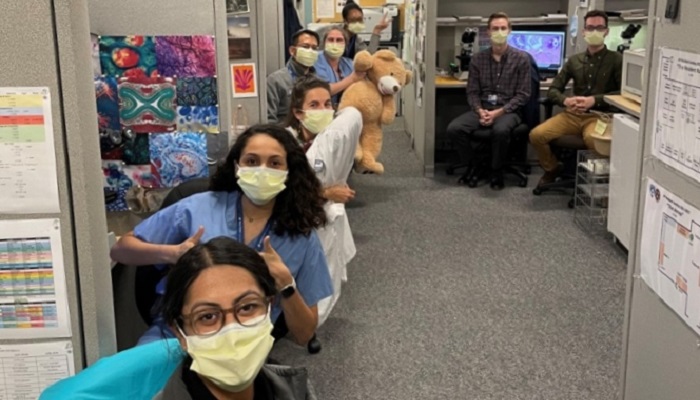
In the Anatomic Pathology residents' room, every resident has their own cubicle desk with microscope and storage shelf and drawers. First and second year residents keep the same desk throughout the year.
Photo credit: Paige Parrack
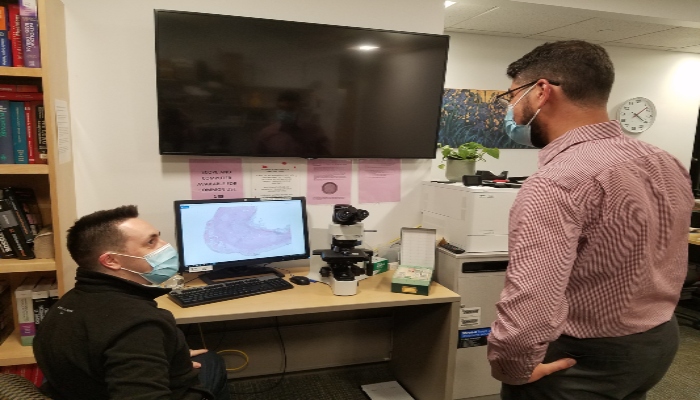
Multiple common-use microscopes with cameras for photography are located throughout the department, including in the AP residents' room and nearby library.
Photo credit: Glenn Spiro
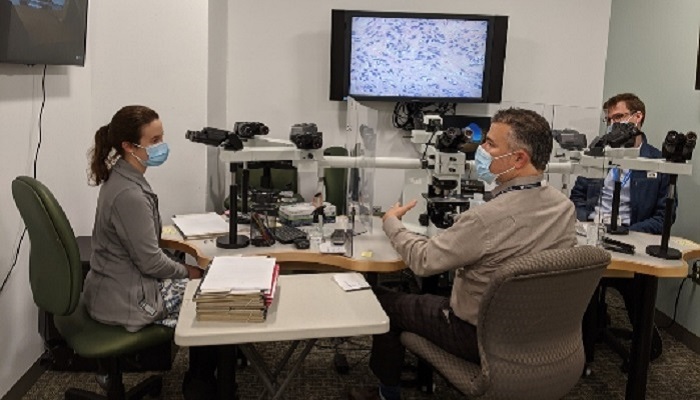
There are multiheaded scopes throughout the department, many connected to wall-mounted monitors to allow for larger group viewing (while maintaining appropriate distancing).
Photo credit: Glenn Spiro
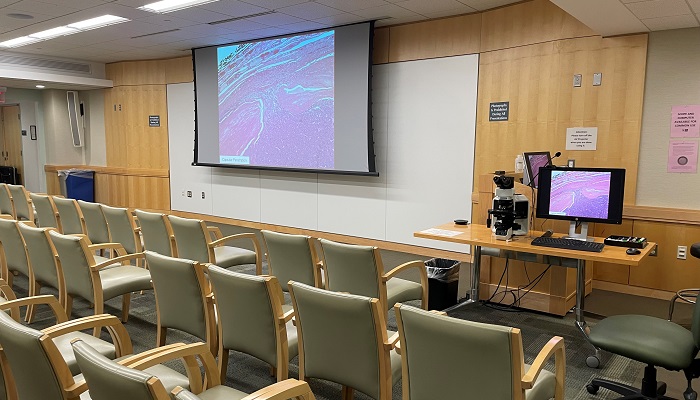
The conference room is located within the main department and supports both in-person and live-streaming of teaching conferences, including microscope sessions.
Photo credit: Paige Parrack
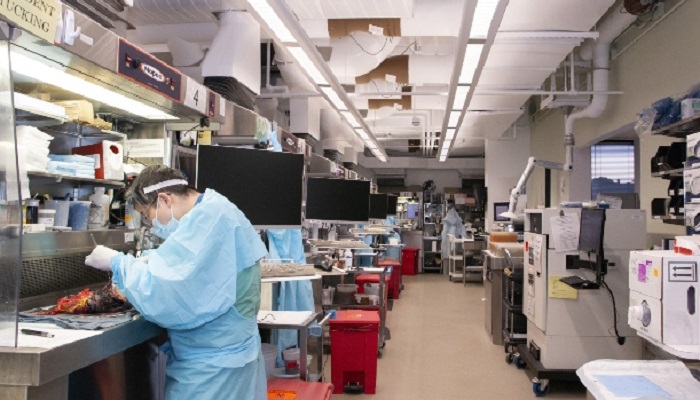
The grossing room is equipped with 15 benches, a bone saw, photography station, Faxitron Path+ radiography system – and natural light! All grossing benches are height adjustable and have voice dictation software.
Photo credit: Glenn Spiro
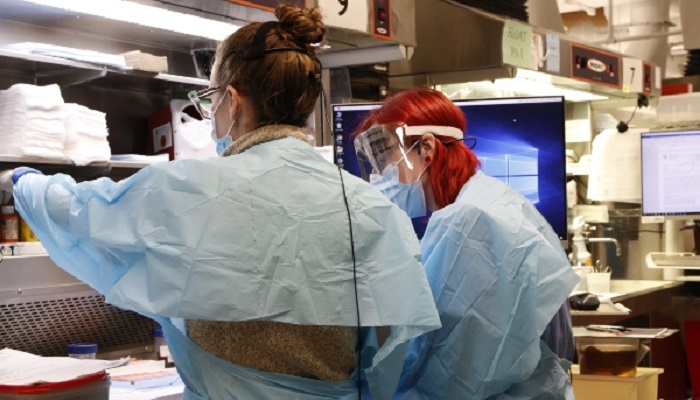
We are fortunate to have an amazing team of Pathologists' Assistants throughout the room who play critical roles in patient care and resident education.
Photo credit: Glenn Spiro
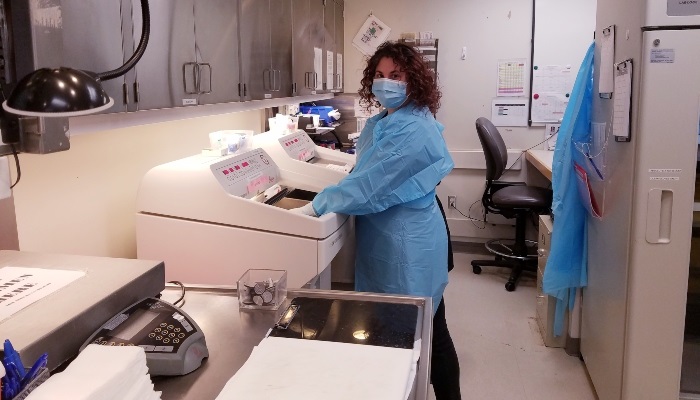
The frozen section room is equipped with 6 cryostats, 8 grossing stations, multiheaded microscopes, a photography station and adjacent break/workroom.
Photo credit: Glenn Spiro
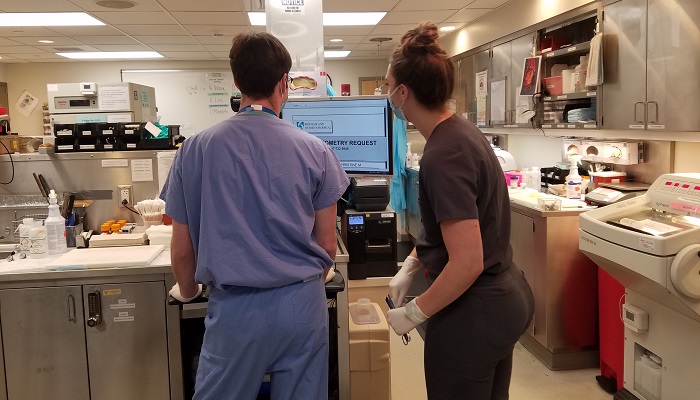
The fantastic "Team Frozens", consisting of multiple Pathologists' Assistants and a Pathology Specialist II, work side-by-side with the rotating resident to process an average of 20-25 frozen sections each day.
Photo credit: Glenn Spiro
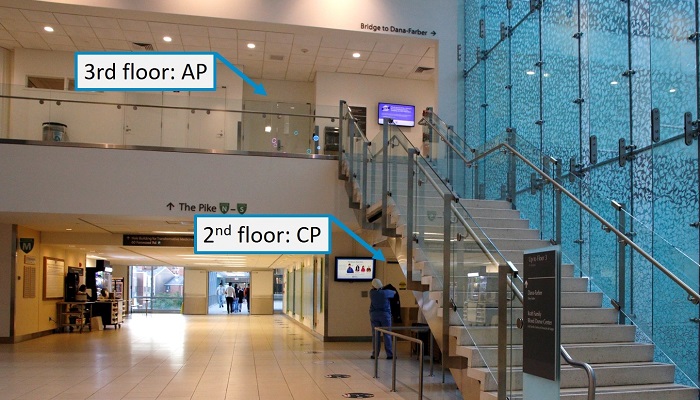
The Clinical Pathology section of the department is located very close to the Anatomic Pathology section, permitting abundant interactions between AP and CP residents and faculty.
Photo credit: Glenn Spiro
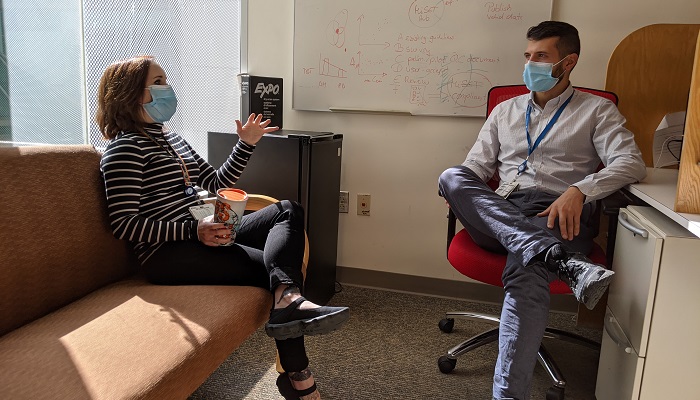
The CP residents' room is directly adjacent to the laboratories, and the room provides a separate cubicle for each resident with computer and storage space as well as space for informal discussion.
Photo credit: Glenn Spiro
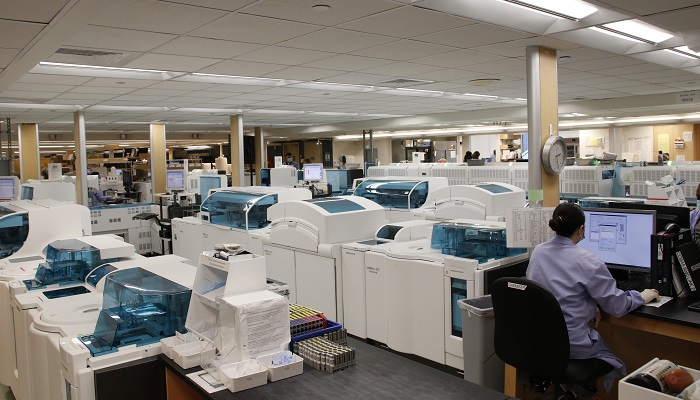
The main laboratory, which houses specimen receiving (lab control), chemistry, hematology, microbiology and the blood bank, is home to state-of-the-art technology and many talented technologists.
Photo credit: Glenn Spiro
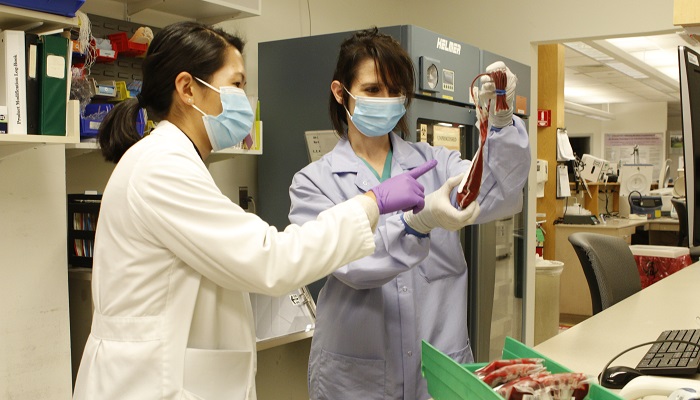
Residents are involved in all aspects of laboratory medicine, including new test implementation, quality assurance, data analysis and clinical consultations.
Photo credit: Glenn Spiro
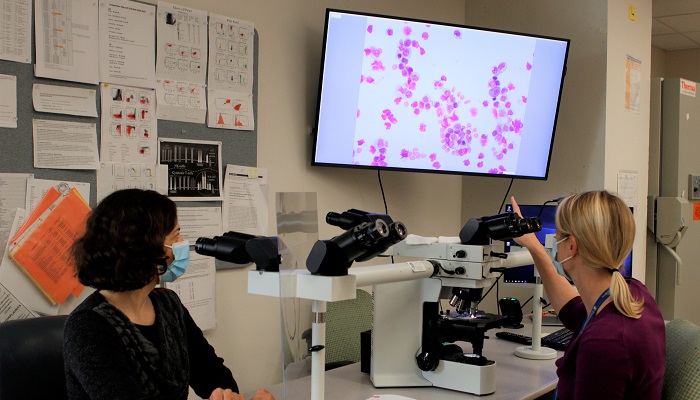
Residents have numerous opportunities for hands-on learning throughout the CP laboratories, both with attendings and laboratory staff.
Photo credit: Glenn Spiro
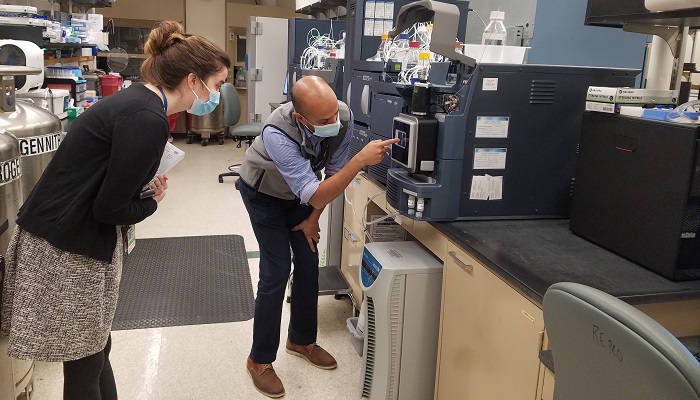
Examples include review of flagged hematology smears, teaching sessions at the mass spectrometers, unknowns in the microbiology laboratory and antibody workups in the blood bank.
Photo credit: Glenn Spiro
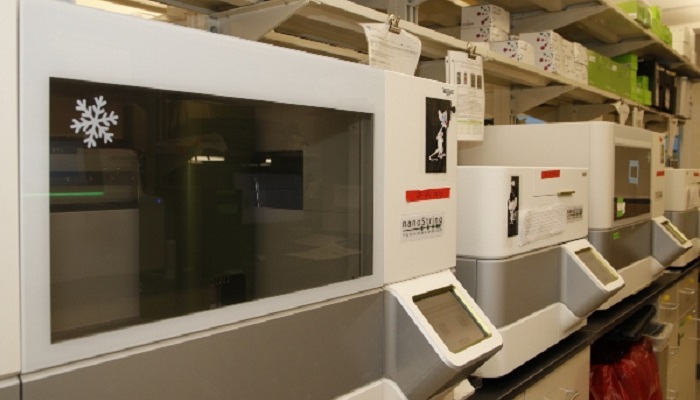
The Center for Advanced Molecular Diagnostics includes both the Molecular Diagnostics service as well as Clinical Cytogenetics.
Photo credit: Glenn Spiro
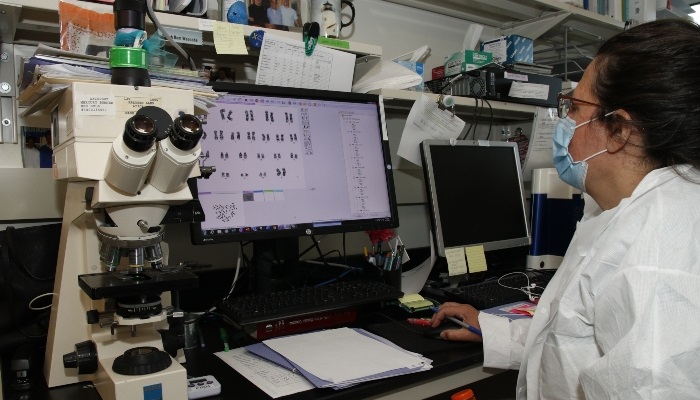
These two laboratories provide extensive, on-site genetic analysis for patients at both Brigham and Women's Hospital and the Dana-Farber Cancer Institute, including next-generation sequencing, microarrays and FISH analysis.
Photo credit: Glenn Spiro
For over a century, a leader in patient care, medical education and research, with expertise in virtually every specialty of medicine and surgery.
About BWH